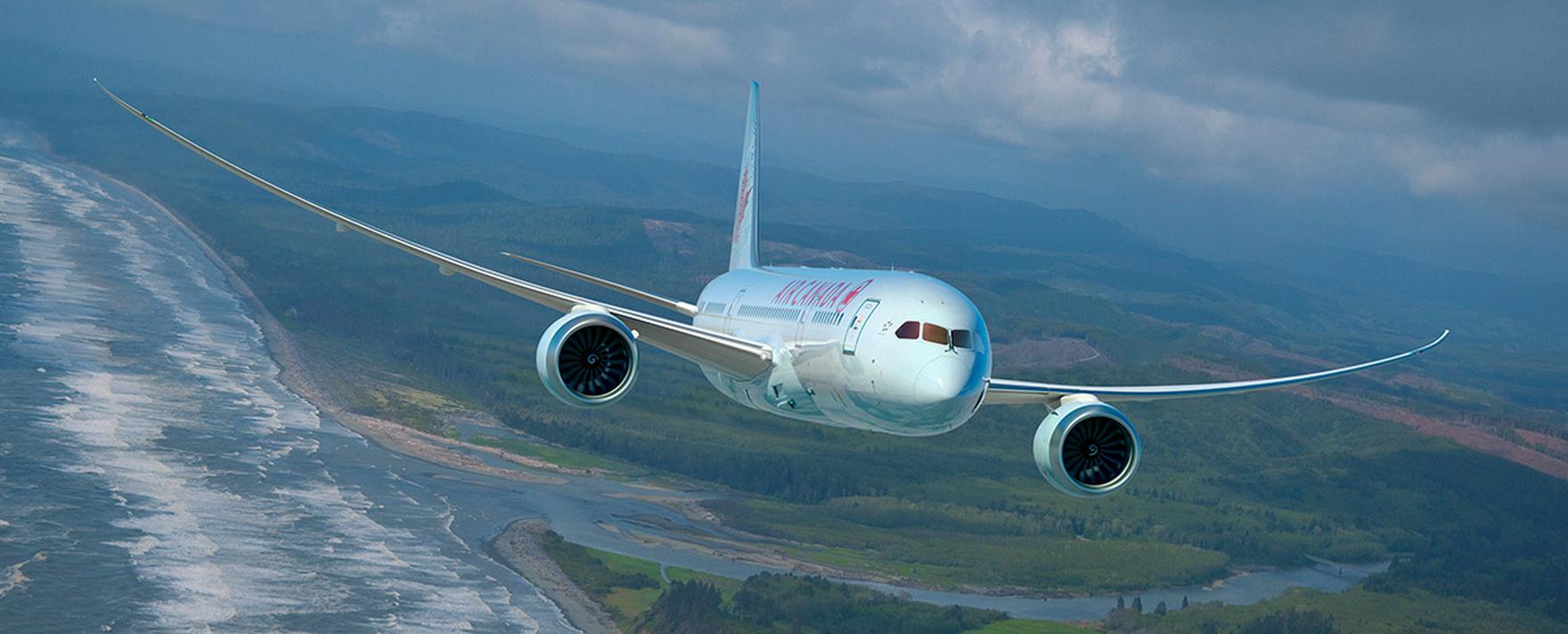Passenger airlines from North America are boosting their capacity between Asia and their home market with Boeing 787 Dreamliners. Air Canada and American Airlines have both deployed the new type on routes across the Pacific and plan to add more flights in this arena.
The transpacific market is a major focus for Air Canada’s deployment of 787s, which started joining its fleet last summer. The carrier’s first Dreamliners were fielded last year on the route from Toronto to Tokyo Haneda, followed by sectors from Vancouver to Shanghai, Tokyo, Beijing and Seoul.
In addition, the airline used the 787 to open a new route from Vancouver to Osaka.
According to Lise-Marie Turpin, vice president of cargo, the plane has performed well on these sectors.
On routes where it replaced B767-300ERs, the 787 has given AC Cargo more steady capacity. “The 787 and 777 are less sensitive to load restrictions than the 767. We do not get a 10-tonne penalty because of winds,” said Mike Morey, director of operational strategy.

So far Air Canada has taken delivery of eight 787-8s. It has a further 29 787-9s on order, which have greater range and payload capabilities than the smaller -8 model. The first international route that management has announced for the larger plane is Toronto-Delhi. This will kick off in November with four weekly flights and is slated for expansion to daily service in October of next year.
Another transpacific route that has been announced is to Brisbane. This is due to start in June of next year, with three weekly flights using 787-8 aircraft.
Thanks to the steady arrival of new 787s, the airline’s capacity is expanding rapidly. The 767-300s that 787s replace are not taken out of service but shift over to AC’s low-cost subsidiary Rouge, which serves international leisure destinations.
The 767s are reconfigured to take on more passengers, which affects their payload capacity, but this is not a major issue, given the nature of the routes served, said Morey.
The cargo division has a lot more lift to sell. Between 2013 and 2017 its capacity is going up almost 50%, noted Turpin.
American Airlines is also going through a phase of rapid capacity expansion. “We are getting 15-plus widebodies this year,” said Joe Reedy, vice president of cargo sales.
American has taken delivery of most of its B777-300ERs (17 out of 20 have come on board), and now the Dreamliners are beginning to pile up. The airline has firm orders for 42 787s, plus options on another 52 Dreamliners.
After brief introductory stints in the carrier’s domestic network, American’s first 787s entered international service in June, flying from its hub in Dallas/Fort Worth to Beijing and Buenos Aires.
“We continue to grow our presence in Asia and Latin America,” said Reedy.
He expressed high expectations for the 787, praising its cargo capability. “We are going to fly to places that are good cargo markets,” he added.
While the new types are giving their owners better cargo capabilities, they are unlikely to have the same devastating effect in the transpacific trade lanes as the 777 – especially the 777-300ER – has had on routes between Asia and Europe. Freighter operators and pundits have stressed that the long sectors between Asia and North America do limit the payload capacity of the new widebody passenger types.
Air Canada used to fly freighters on intercontinental routes but phased out maindeck operations before the market went south. It has no plans to bring back all-cargo aircraft, but is looking to develop synergies with Cargojet, Canada’s largest freighter operator, which chiefly performs contract linehaul for Canada Post and the integrated express carriers. Last year the pair jointly ran a freighter charter to Bogotá. They are looking at other possibilities, such as a link to Mexico, according to Morey. However, both sides have had their hands full with other issues.
By Ian Putzger
Air Freight Correspondent | Toronto




